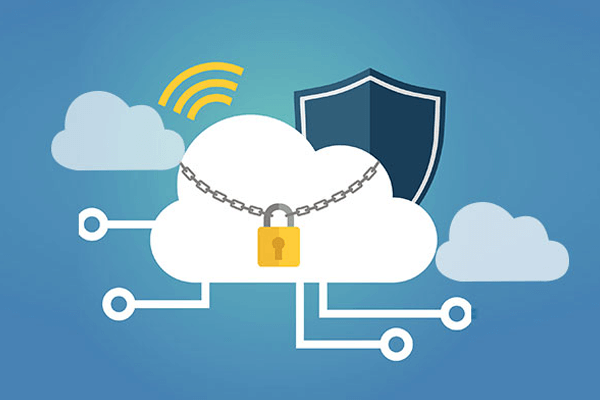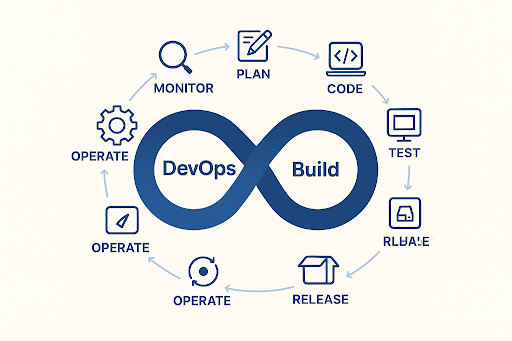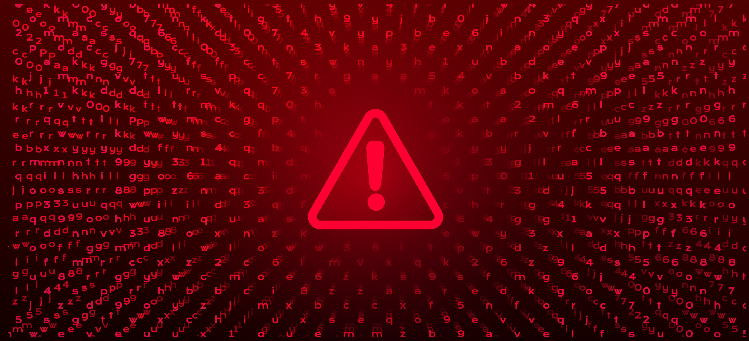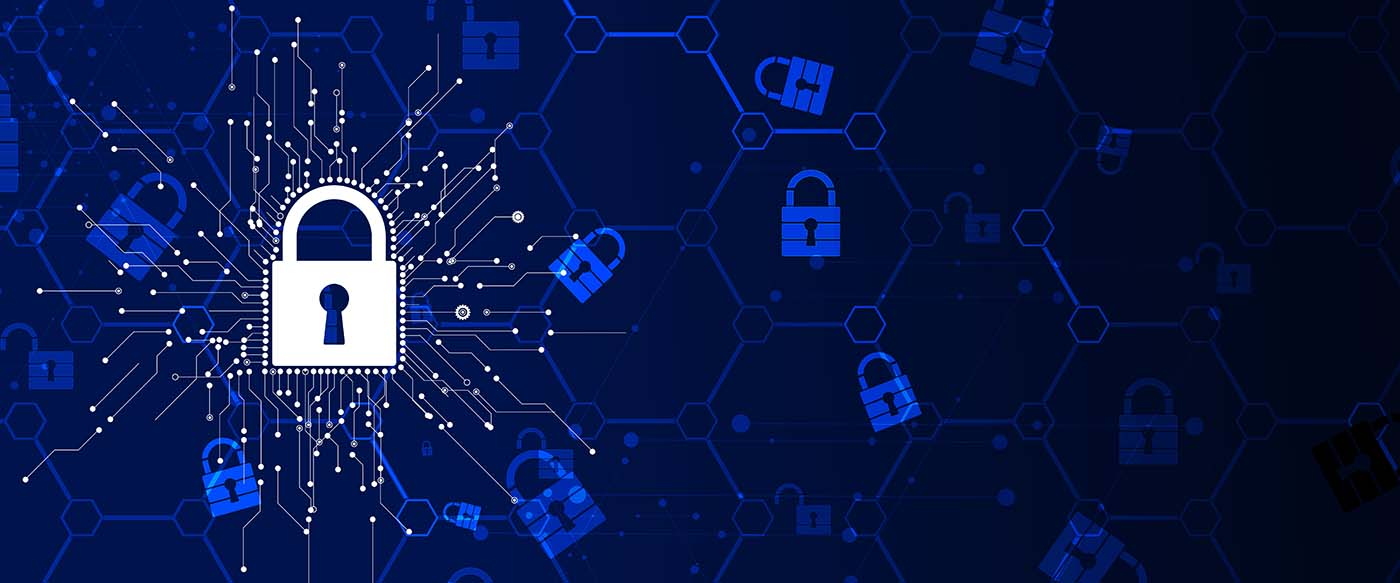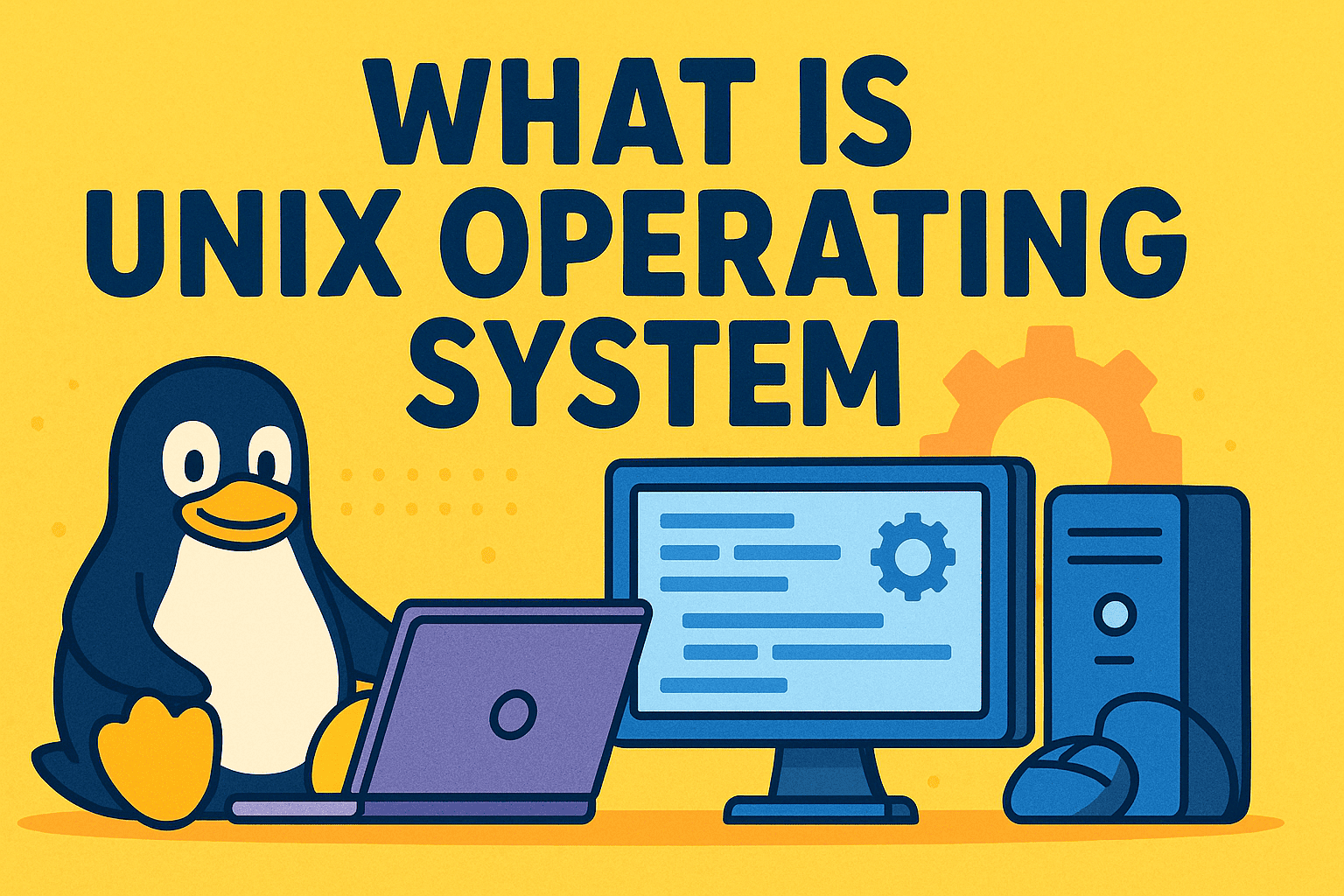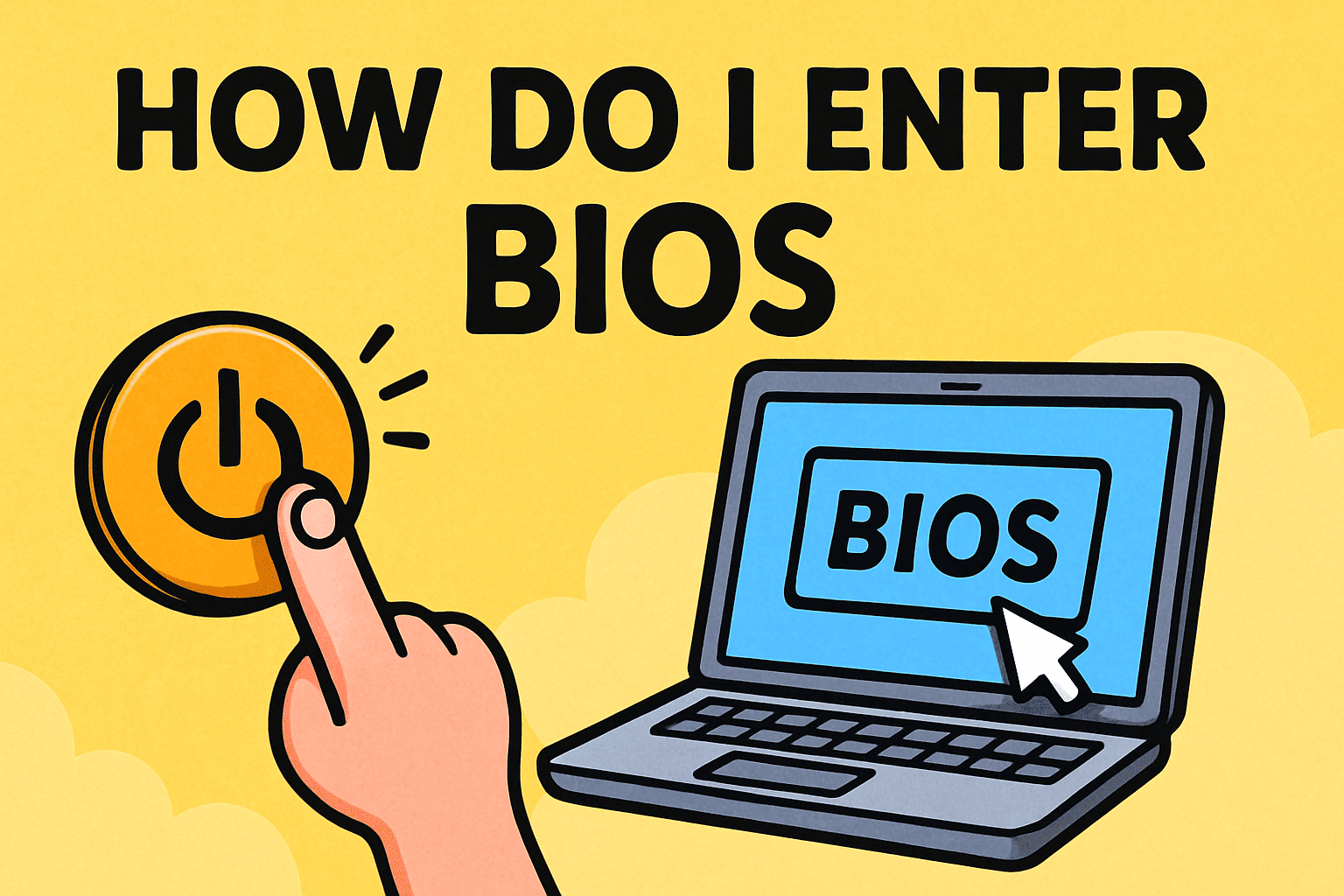What Does SLA Stand For? A Complete Guide for IT and Business Leaders
Updated on October 10, 2025, by Xcitium
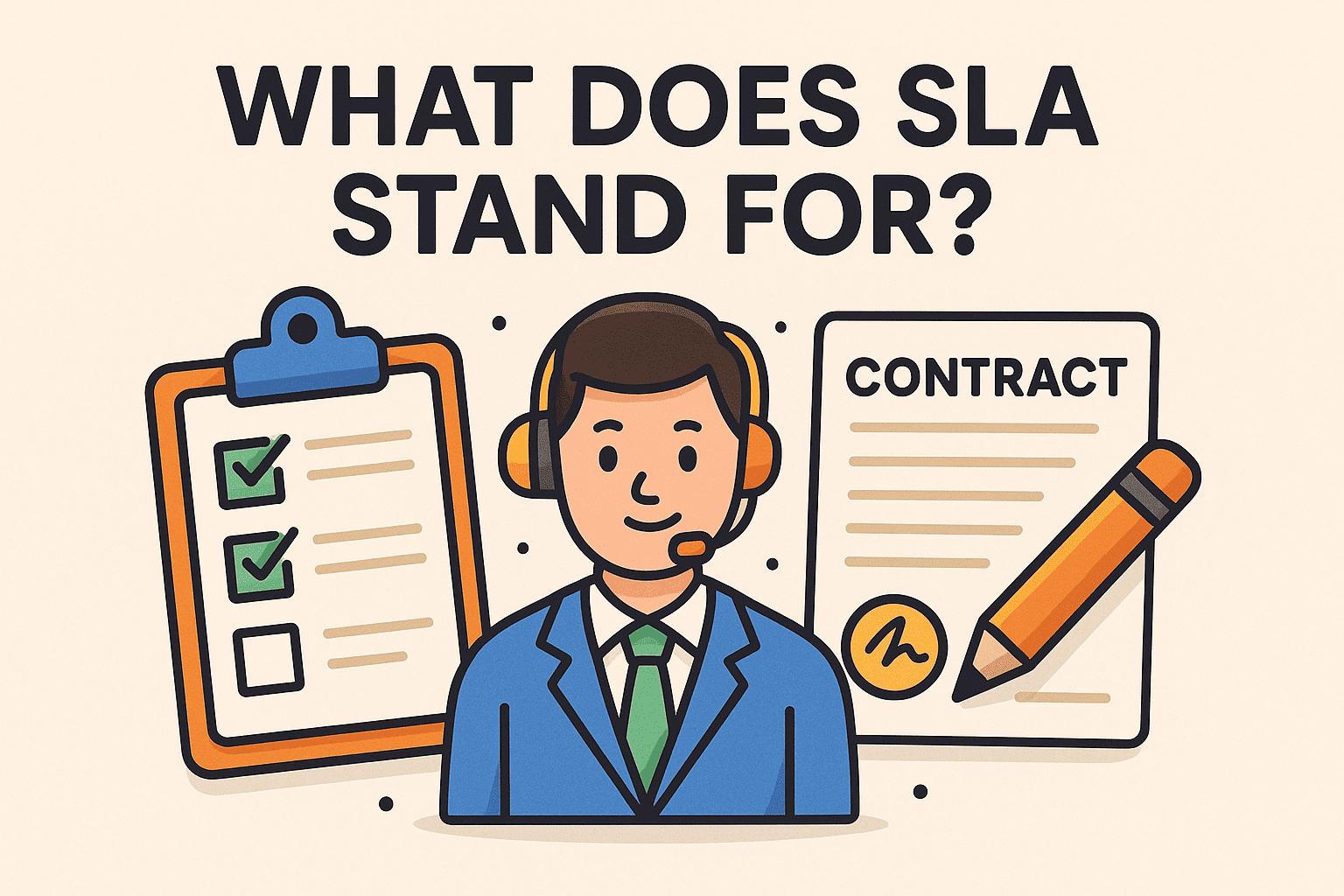
If you’ve ever signed a contract with an IT vendor, cloud provider, or cybersecurity partner, you’ve probably come across the term SLA. But what does SLA stand for, and why does it matter so much for your business?
Introduction: Why Ask “What Does SLA Stand For?”
SLA stands for Service Level Agreement. It’s a formal contract between a service provider and a client that defines the expected service standards, responsibilities, and performance metrics. Whether you’re an IT manager ensuring uptime or a CEO negotiating vendor contracts, SLAs are essential for accountability, trust, and measurable outcomes.
Let’s break down the meaning of SLA, why it’s important, and how businesses can use it to strengthen operations and security.
1. What Does SLA Stand For?
SLA = Service Level Agreement.
It is a documented agreement that outlines the scope of services, performance benchmarks, and responsibilities of both the provider and the customer.
Key Elements of an SLA:
-
Service Scope: What is covered under the agreement.
-
Performance Metrics: Uptime guarantees, response times, resolution timelines.
-
Responsibilities: Duties of both provider and client.
-
Penalties/Remedies: Compensation if service levels are not met.
-
Review Mechanism: How performance will be monitored and reported.
👉 In short, an SLA is a promise of service quality backed by measurable terms.
2. Why SLAs Are Important for Businesses
SLAs are not just legal paperwork—they are the foundation of reliable service delivery.
Benefits of SLAs:
-
✅ Accountability: Providers commit to measurable performance.
-
✅ Trust: Clients have transparency in expectations.
-
✅ Risk Management: Penalties protect clients against service failures.
-
✅ Operational Clarity: Defines roles, responsibilities, and timelines.
-
✅ Compliance: Ensures alignment with industry regulations (HIPAA, GDPR, etc.).
For IT managers, SLAs ensure system uptime and network availability. For executives, they reduce risk in vendor relationships.
3. Types of SLAs
Not all SLAs are the same. Depending on the relationship and services, there are three primary types:
A. Customer-Based SLA
-
Agreement between one provider and one customer group.
-
Example: A managed IT provider offering 99.9% uptime to a business client.
B. Service-Based SLA
-
Covers one service across multiple customers.
-
Example: An ISP providing the same bandwidth and uptime SLA to all customers.
C. Multi-Level SLA
-
Layered agreements for different user groups or business units.
-
Example: An enterprise agreement with internal IT and third-party vendors.
👉 The type of SLA depends on the scope of services and organizational needs.
4. Common SLA Metrics
When defining what does SLA stand for in practice, it comes down to measurable metrics.
Common SLA Metrics Include:
-
Uptime/Availability: (e.g., 99.99% uptime guarantee).
-
Response Time: How quickly support acknowledges an issue.
-
Resolution Time: How long it takes to fix the issue.
-
Throughput/Performance: System speed, network bandwidth.
-
Security Commitments: Incident response times, threat monitoring.
-
Support Hours: 24/7 vs business hours.
👉 Metrics must be clear, measurable, and realistic.
5. SLA in IT and Cybersecurity
For IT and cybersecurity leaders, SLAs directly affect business resilience.
-
Cloud Services: SLAs define uptime guarantees for platforms like AWS, Azure, and Google Cloud.
-
Cybersecurity Providers: Commitments on response times to malware, breaches, and incidents.
-
Managed Services (MSPs): Guarantees on patching, monitoring, and ticket resolution.
-
Telecom Providers: SLAs on call quality and bandwidth delivery.
👉 In cybersecurity, SLAs can be the difference between fast containment of a breach and massive data loss.
6. Examples of SLA Clauses
To better understand what does SLA stand for, here are some real-world examples of SLA terms:
-
Cloud Provider: “Service will be available 99.9% of the time in a given month.”
-
Cybersecurity Firm: “Critical incidents will be responded to within 15 minutes.”
-
IT Support Vendor: “All high-priority tickets will be resolved within 4 business hours.”
👉 These clauses set clear expectations for both sides.
7. Risks of Poorly Defined SLAs
Without strong SLAs, businesses face risks such as:
-
❌ Downtime without compensation
-
❌ Unclear responsibilities leading to disputes
-
❌ Security gaps if incident response isn’t defined
-
❌ Vendor lock-in without performance guarantees
-
❌ Loss of trust between client and provider
👉 A weak SLA = higher business risk.
8. Best Practices for Strong SLAs
To maximize the value of SLAs:
-
✅ Clearly define scope of services.
-
✅ Use measurable metrics (not vague promises).
-
✅ Include penalties or remedies.
-
✅ Ensure regular SLA reviews.
-
✅ Align SLAs with business continuity and security policies.
-
✅ Include cybersecurity commitments (incident detection, response times).
👉 Strong SLAs create stronger partnerships.
9. The Future of SLAs
As technology evolves, so do SLAs. Future SLAs will include:
-
AI-driven Monitoring: Automated SLA enforcement.
-
Cybersecurity SLAs: Stronger commitments on breach prevention and response.
-
Cloud-Native SLAs: Covering hybrid and multi-cloud environments.
-
Data Privacy Guarantees: Compliance with GDPR, HIPAA, CCPA.
-
Sustainability SLAs: Green energy commitments in data centers.
👉 The future SLA is intelligent, secure, and customer-focused.
Quick SLA Checklist
✅ SLA = Service Level Agreement
✅ Defines service scope, performance, and responsibilities
✅ Essential for IT, cloud, and cybersecurity contracts
✅ Must include measurable metrics and penalties
✅ Protects businesses from downtime and service failures
FAQs on SLAs
1. What does SLA stand for in business terms?
SLA stands for Service Level Agreement, a contract between a provider and customer defining service expectations.
2. Why are SLAs important in IT?
They ensure accountability, uptime, and defined support levels in IT operations.
3. What are examples of SLA metrics?
Uptime guarantees, response times, resolution times, and performance benchmarks.
4. Can SLAs include cybersecurity commitments?
Yes. Many SLAs include incident response times, monitoring guarantees, and data protection clauses.
5. How often should SLAs be reviewed?
At least annually, or whenever service needs or technologies change.
Final Thoughts
Understanding what does SLA stand for is essential for IT managers, cybersecurity professionals, and business leaders. Far from being “just paperwork,” an SLA defines the trust, reliability, and accountability between providers and clients.
Whether negotiating cloud services, managed IT, or cybersecurity support, a strong SLA ensures your business stays protected, compliant, and resilient.
🚀 Ready to secure your IT environment with providers who stand by their commitments?
Request a demo of Xcitium’s advanced security solutions today and discover how strong SLAs and cutting-edge cybersecurity can protect your business.



 (3 votes, average: 3.33 out of 5)
(3 votes, average: 3.33 out of 5)
